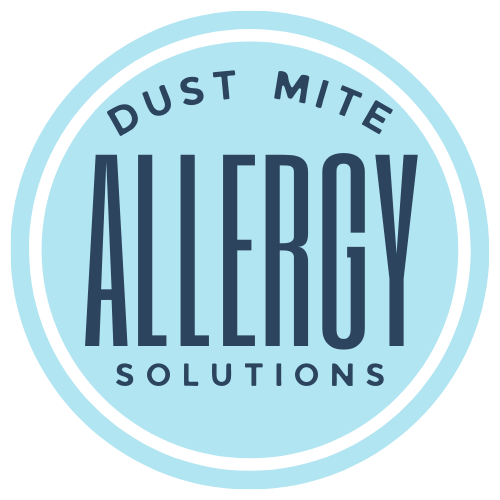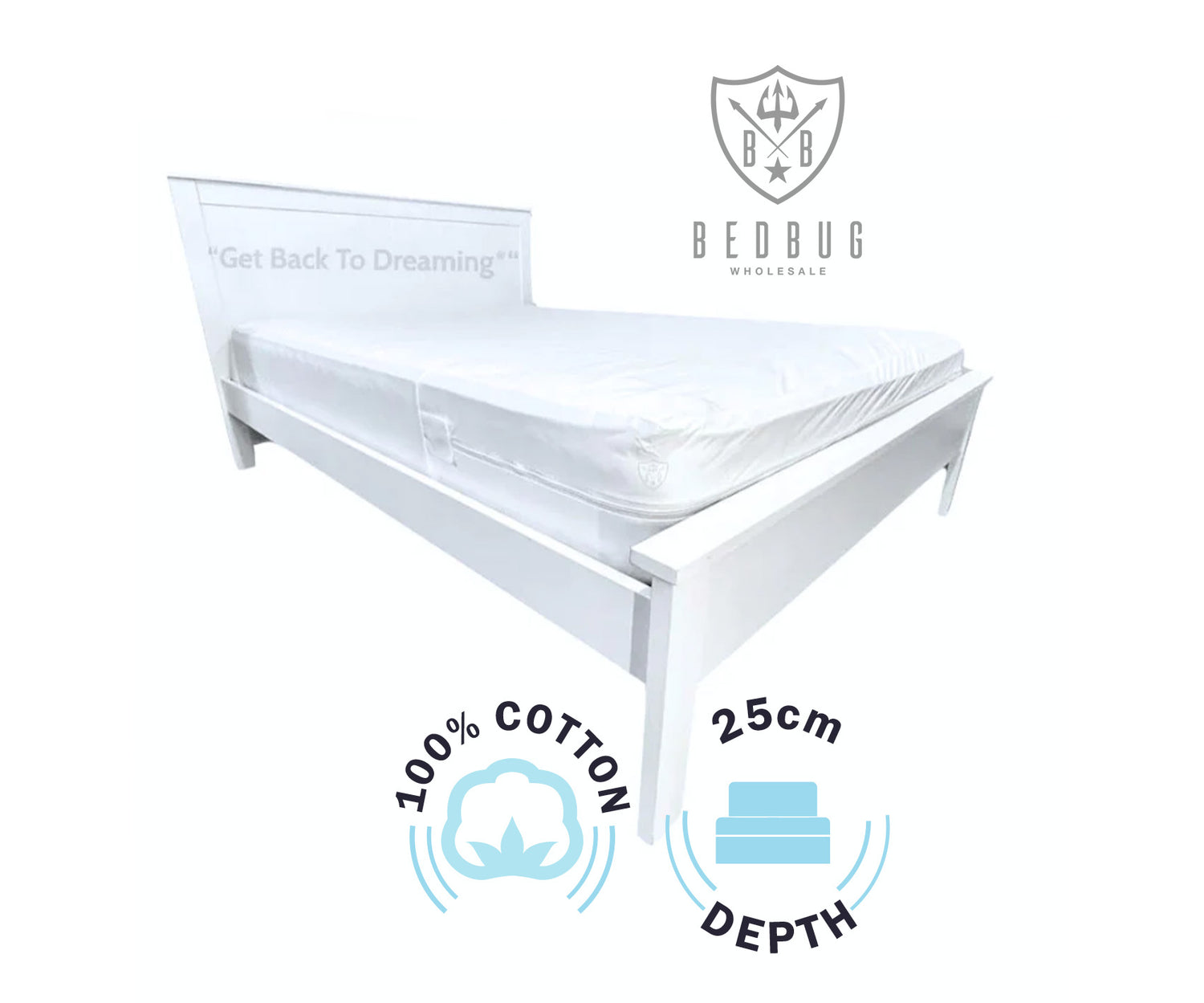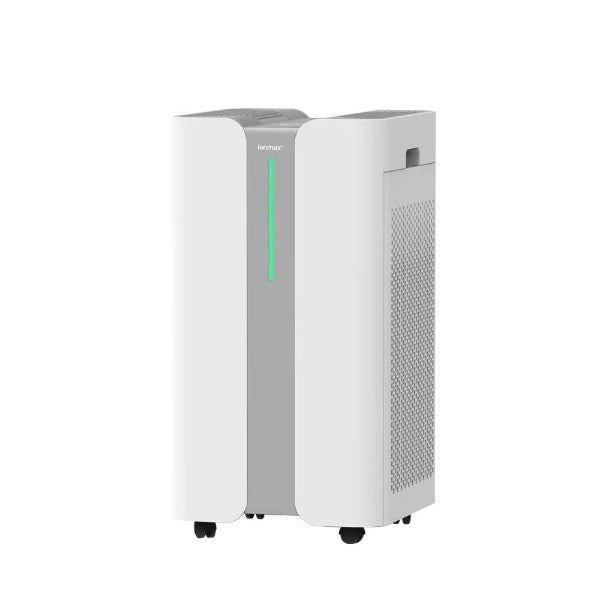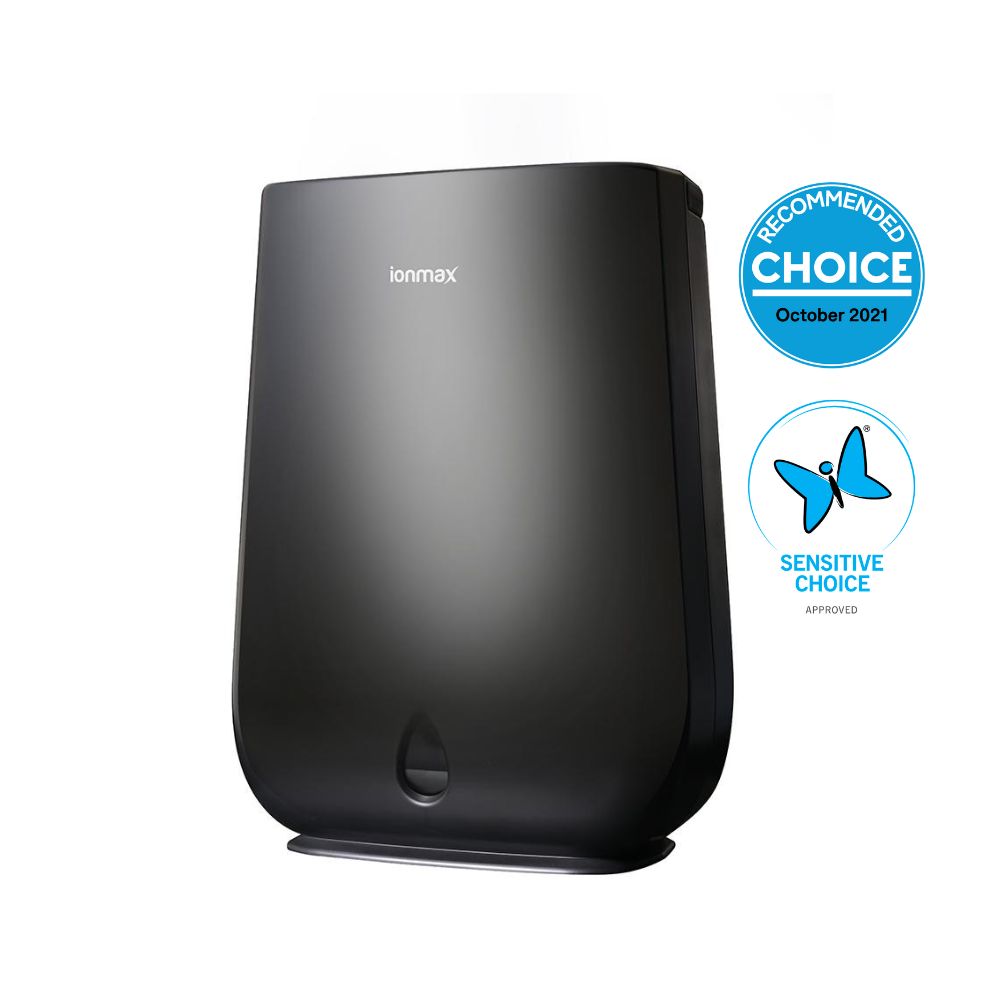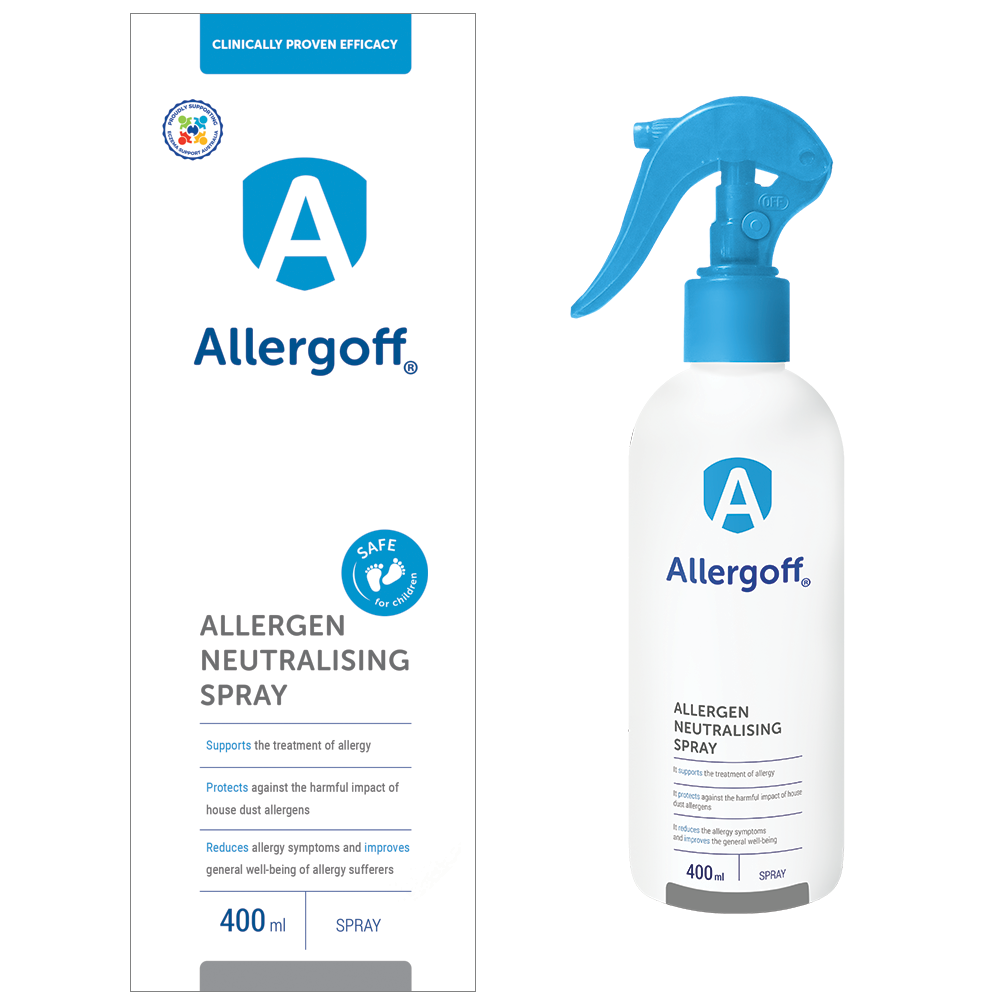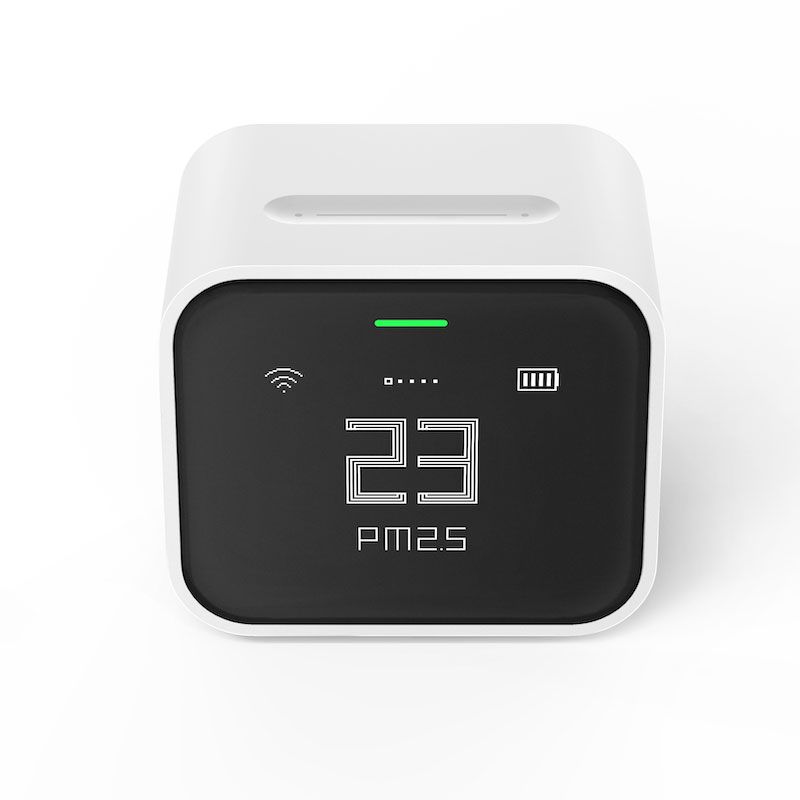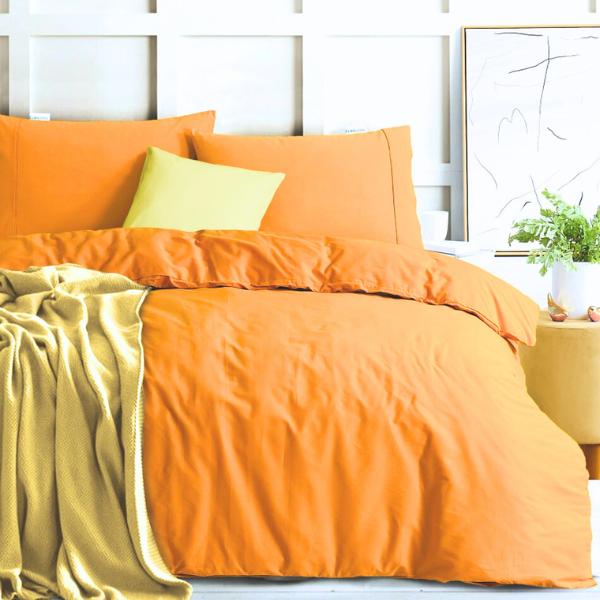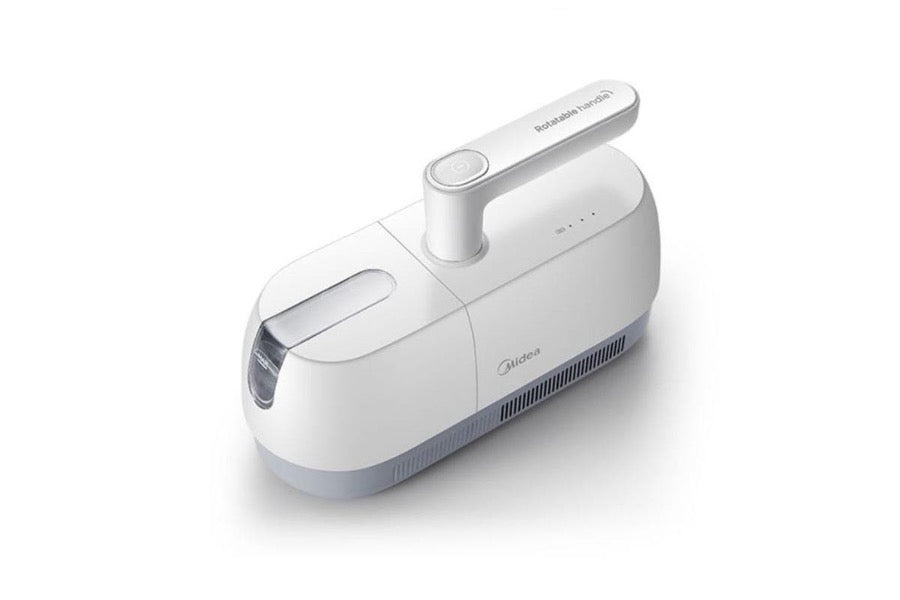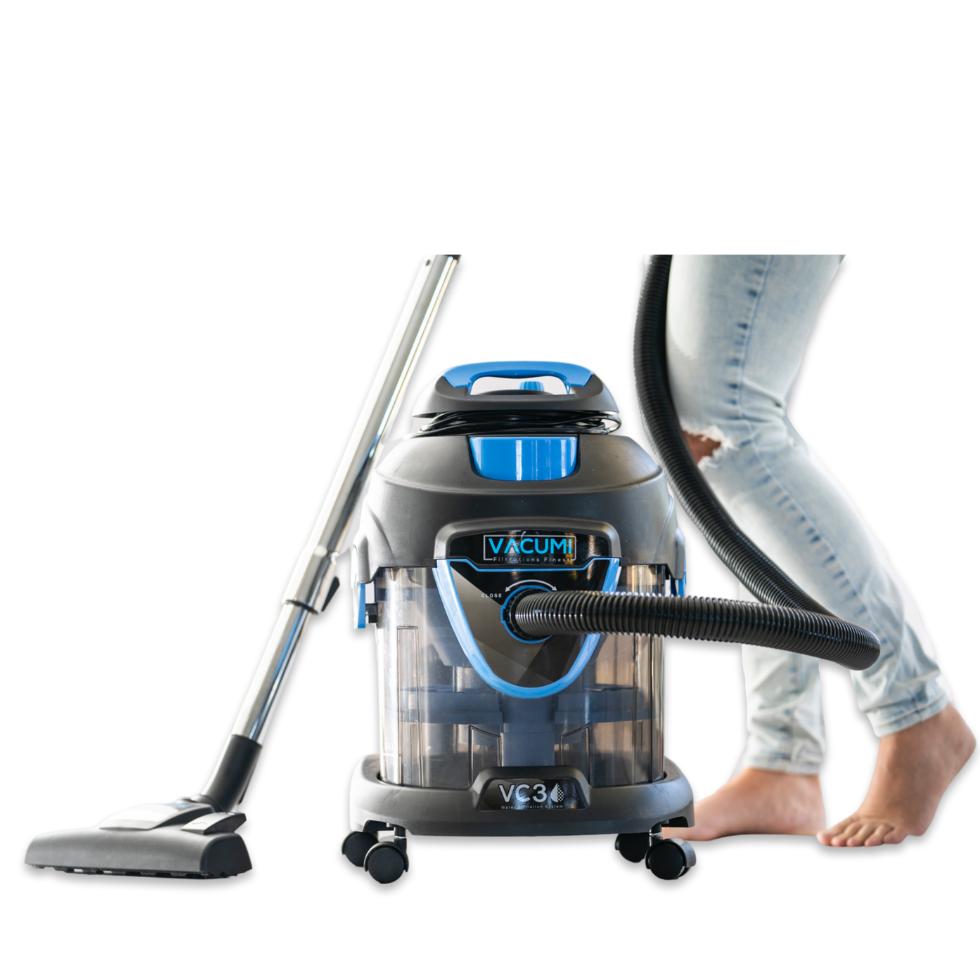If you're suffering from dust mite allergies, it's important to choose the right bedding to help reduce your exposure to dust mites. Here are some things to look for when choosing bedding:
-
Hypoallergenic materials: Choose bedding made from naturally hypoallergenic materials that are less likely to cause an allergic reaction, such as: silk, bamboo, organic cotton, or microfiber.
-
Tight weave: Look for bedding with a tight weave that can help prevent dust mites from getting in and out of the fabric.
-
Dust mite covers: Consider using special dust mite covers for your pillows, mattresses, and box springs. These are made from tightly woven fabrics that prevent dust mites from penetrating the surface.
-
Easy to wash: Make sure your bedding is easy to wash and dry, as washing it frequently can help remove dust mites and their allergens.
-
Anti-allergen treatments: Some bedding is treated with anti-allergen treatments, which can help reduce the presence of dust mites and their allergens.
-
Replace regularly: It's important to replace your bedding regularly, as dust mites and their allergens can accumulate over time. Experts recommend replacing pillows every 1-2 years, and mattresses and box springs every 8-10 years.
Best materials for allergy friendly bedding
Silk - Silk can be a good material for allergy sufferers, as it is naturally hypoallergenic and resistant to dust mites, mold, and mildew. It is also breathable and helps regulate body temperature, which can be especially beneficial for those who suffer from night sweats or hot flashes. However, it's important to note that some people may still have an allergic reaction to silk, especially if they are sensitive to certain proteins found in the material. If you are unsure whether silk bedding is right for you, it's always a good idea to consult with an allergist or healthcare professional.
Bamboo - Bamboo is an ideal option for allergy sufferers due to its hypoallergenic, moisture-wicking, antibacterial, and dust mite resistant properties. It is a natural, eco-friendly material that helps keep you cool and dry while sleeping, reducing the likelihood of mold and mildew growth. Additionally, it has natural antibacterial properties that can help prevent the growth of bacteria, fungus, and other microorganisms. Bamboo is also naturally resistant to dust mites, making it a great choice for those with allergies. Overall, bamboo is a sustainable and allergy-friendly option for bedding.
Organic cotton - Organic cotton is an excellent option for allergy sufferers due to its hypoallergenic and breathable properties. As it is grown without the use of synthetic pesticides and fertilizers, it is less likely to cause an allergic reaction. Organic cotton is also breathable, which helps to regulate body temperature and reduce the growth of mold and mildew. Additionally, it is durable and easy to care for, making it a practical choice for bedding. Overall, organic cotton is a great option for those with allergies who are looking for a comfortable and sustainable material for their bedding.
Microfiber - Microfiber is a great option for allergy sufferers due to its tightly woven fibers, which make it resistant to dust mites and other allergens. It is also highly breathable, which helps regulate body temperature and reduce the growth of mold and mildew. Microfiber is easy to care for, durable, and affordable, making it a practical choice for bedding. Overall, microfiber is a great choice for those with allergies who are looking for a comfortable and affordable bedding option that is resistant to allergens.
By choosing bedding that is made from hypoallergenic materials, has a tight weave, and is easy to wash, you can help reduce your exposure to dust mites and their allergens. Additionally, using dust mite encasements and anti-allergen treatments can provide an extra layer of protection. Remember to replace your bedding regularly to keep it fresh and reduce the buildup of allergens.
Why you should consider dust mite protectors
Using mattress protectors for dust mites is essential for individuals with allergies because these protectors act as a barrier between the sleeper and the allergens that dust mites produce. By encasing the mattress, pillows, and sometimes even the box spring, these dust mite mattress protectors prevent dust mite waste and body fragments, which are the main allergenic substances, from coming into contact with the sleeper. This significantly reduces the inhalation of allergens during sleep, leading to a decrease in allergic symptoms such as sneezing, nasal congestion, itchy eyes, and asthma flare-ups. Dust mite protectors are an effective, straightforward measure to improve sleep quality and overall health for those suffering from dust mite allergies, making them an indispensable part of managing allergy symptoms and ensuring a cleaner sleeping environment.
